Renowned Speakers
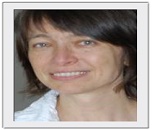
Dorota A Powlak
Institute of Electronic Materials Technology Poland
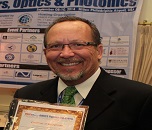
Douglas R McCarter
McCarter Machine & Technology Inc. USA

Takashi Matsui
NTT corporation Japan
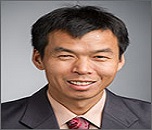
Guangdong Zhu
National Renewable Energy Laboratory USA
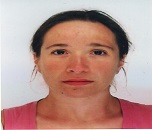
Renee Charriere
National Institute of Standards and Technology USA

Ortwin Hess
The Blackett Laboratory, Department of Physics UK
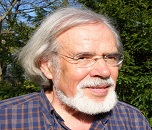
Konrad Altmann
LAS-CAD GmbH Germany

Hehai Fang
Shanghai Institute of Technical Physics China
Recommended Global Physics Webinars & Conferences
Asia Pacific & Middle East
Canada
Optics Asia-2026
To Collaborate Scientific Professionals around the World
Conference Date August 27-28, 2026
For Sponsors & Exhibitors
Speaker Opportunity
Useful Links
Past Conference Report
Supported By
All accepted abstracts will be published in respective Conference Series International Journals.
Abstracts will be provided with Digital Object Identifier by
